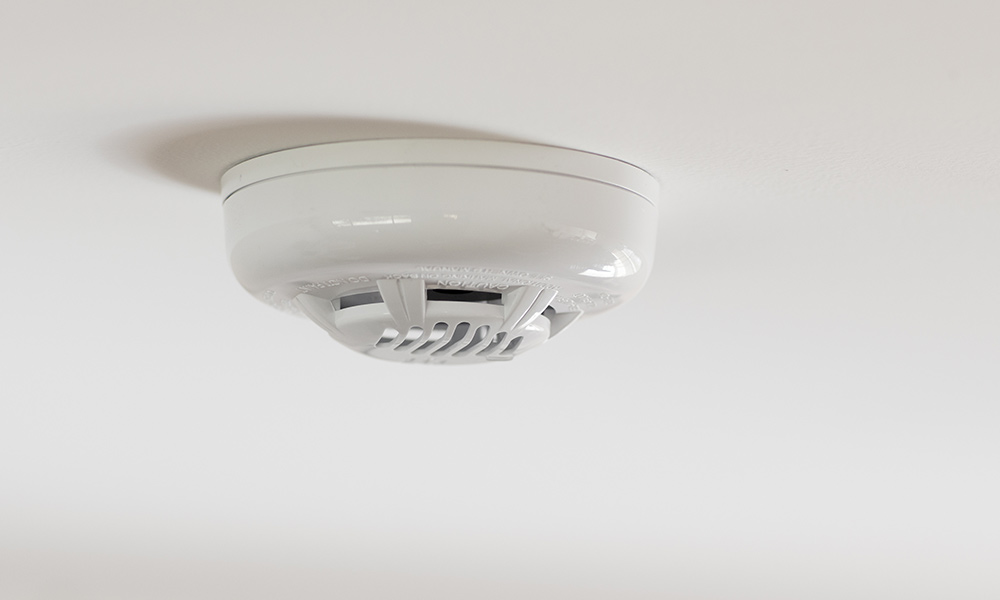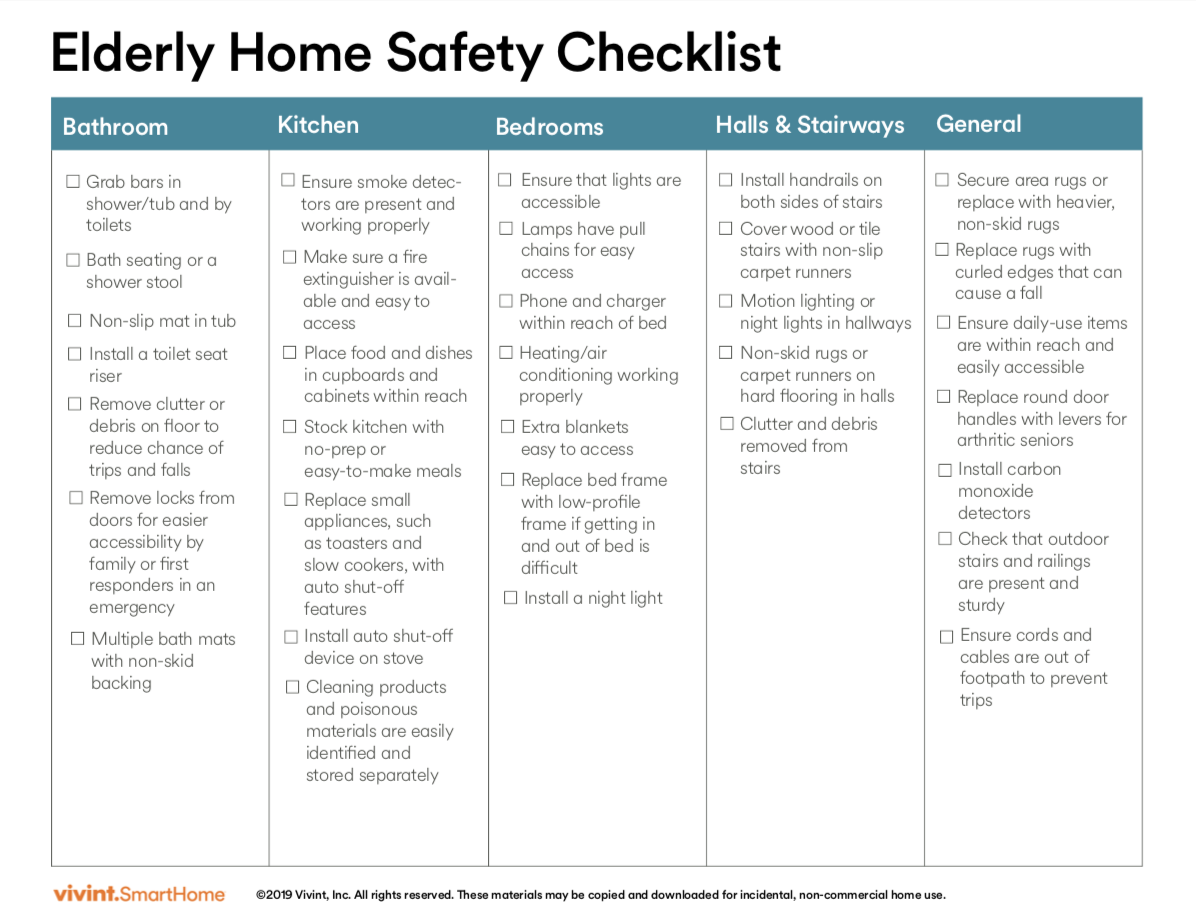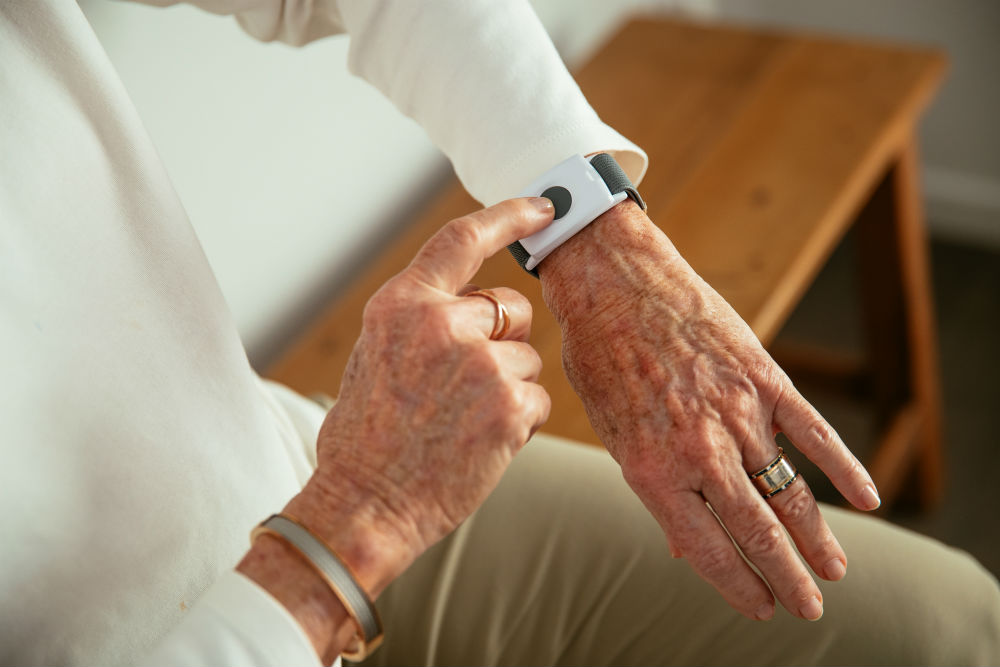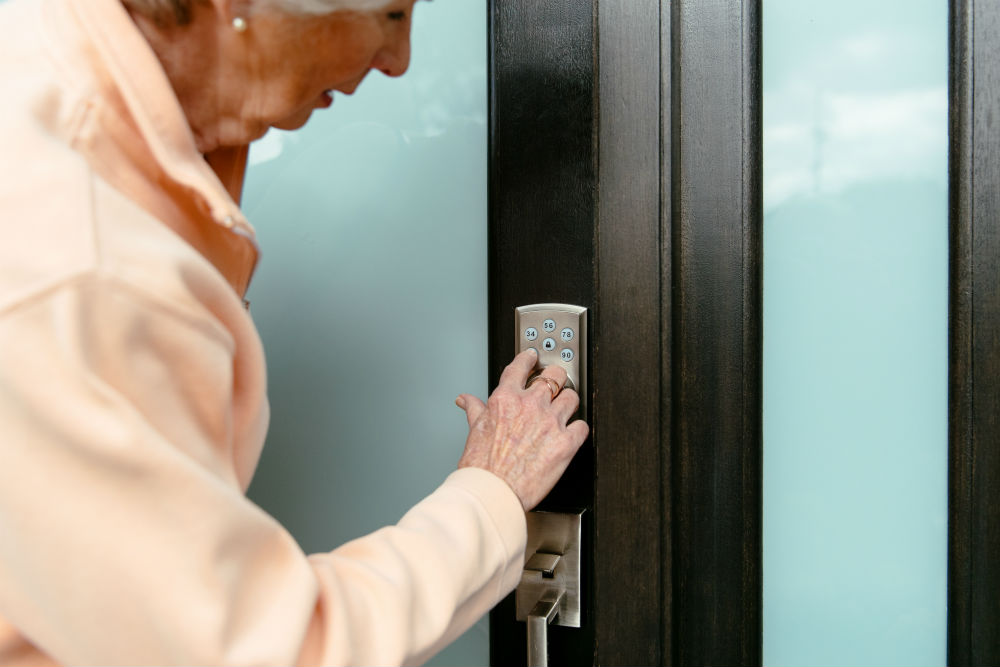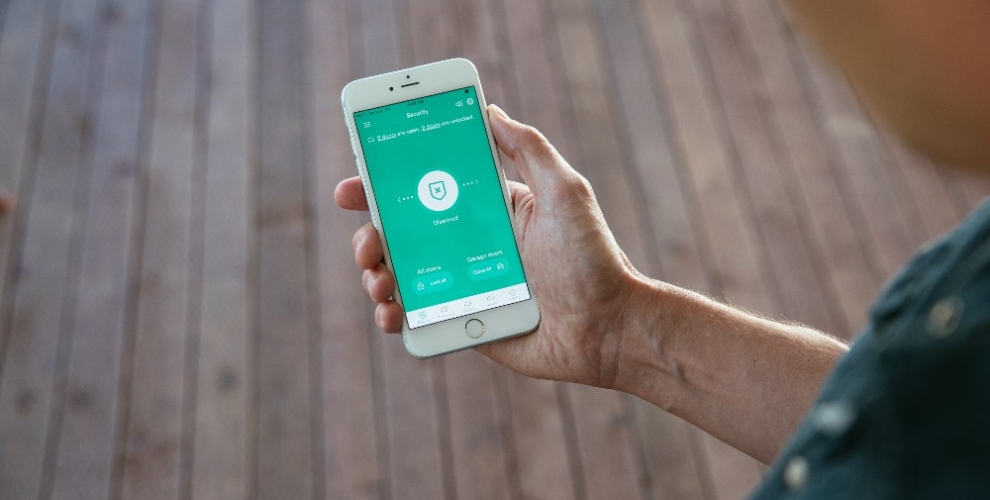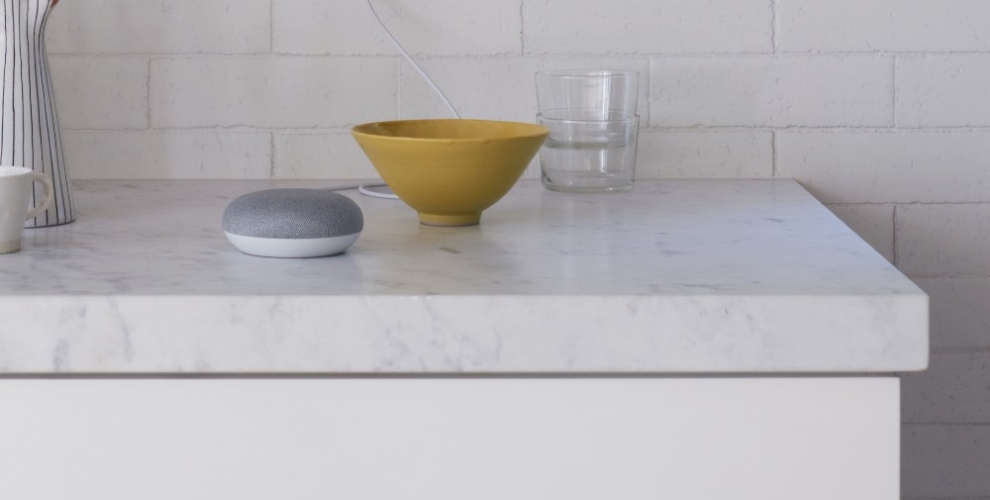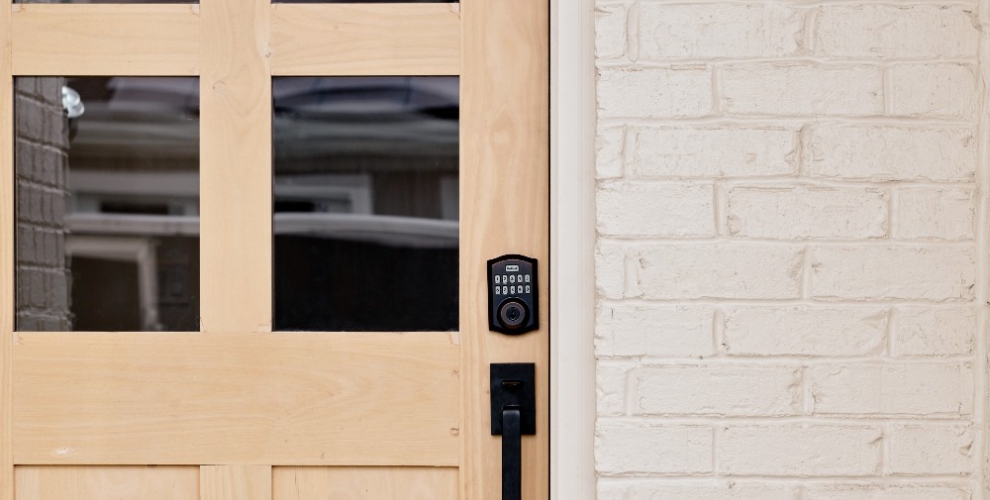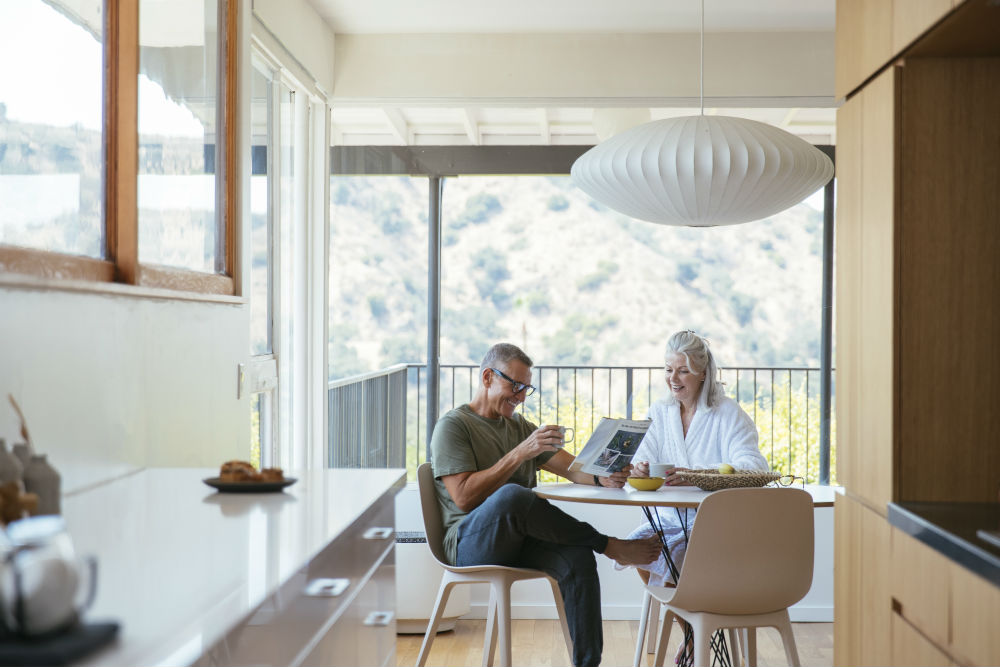
As the elderly population in the United States grows, more and more seniors are opting to "age in place," or remain in their homes as they grow older. In fact, 87% of adults over the age of 65 want to stay in their own homes and communities as they age.
With aging in place, however, comes significant safety concerns, including accessibility, mobility, and falls, which send more than 2.8 million elderly people to the emergency room each year. Social isolation among the elderly due to lack of communication also becomes a concern to emotional well-being.
Fortunately, there are plenty of things you can do to increase home safety for the elderly who opt to remain in their homes.
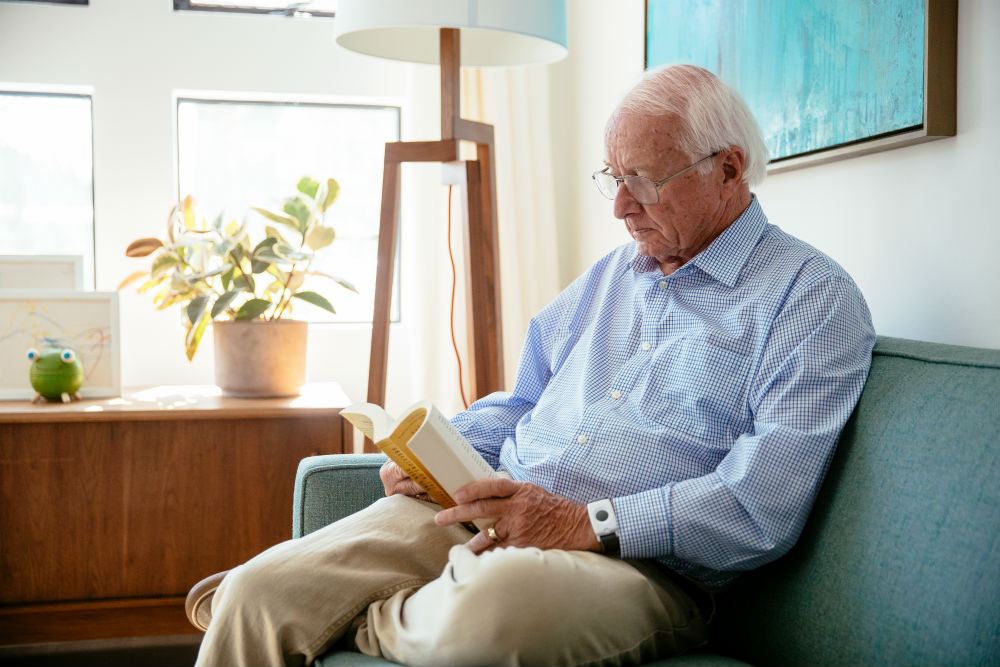
Elderly home safety checklist
This checklist includes safety tips for the elderly you can make room by room. Use it to help you get started making home as safe and comfortable as possible for your aging loved ones.
Bathroom
The bathroom is particularly dangerous for older adults. Eighty percent of senior falls that occur at home happen in the bathroom, mostly due to slippery surfaces and increased difficulty getting in and out of the tub or shower. Start with these easy modifications to reduce the likelihood of bathroom falls:
- Grab bars in shower/tub and by toilets
- Bath seating or a shower stool
- Replace shower head with hand-held shower
- Non-slip mat in tub
- Toilet seat riser
- Remove clutter or debris on floor to reduce chance of trips and falls
- Remove locks from doors for easier accessibility by family or first responders in an emergency
- Multiple bath mats with non-skid backing
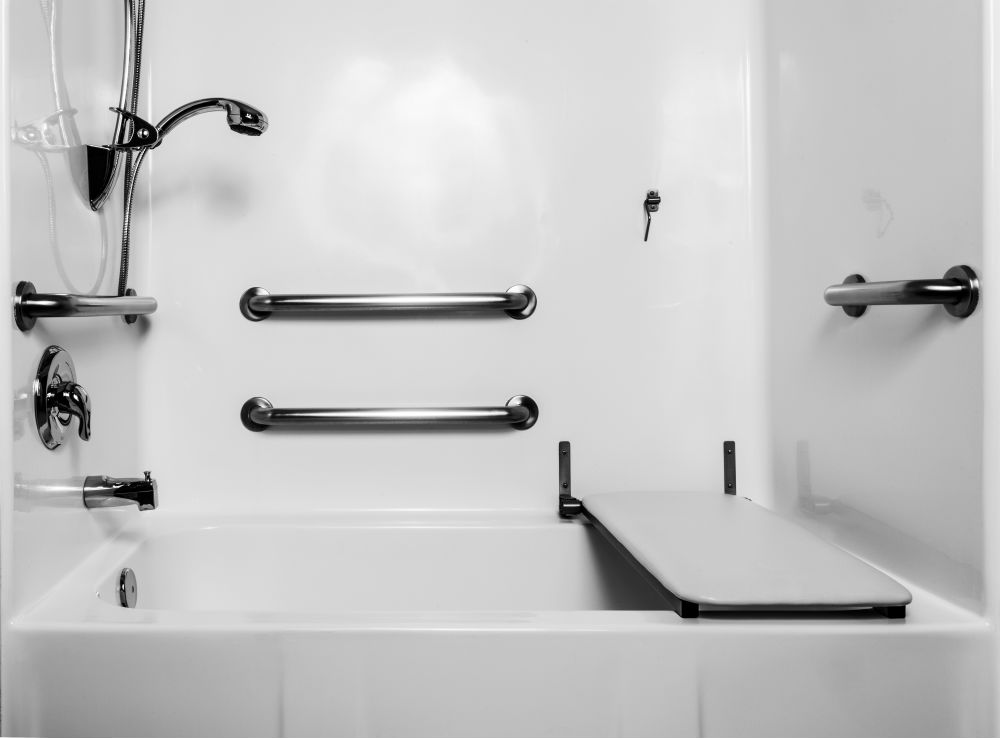
Seniors are particularly susceptible to kitchen-related falls from items being out of reach. More than 3 in 10 home fires begin in the kitchen, and seniors with balance and cognition difficulties are more likely to be injured or killed in a fire. With that in mind, fire prevention and accessibility are key in reducing in-home accidents in the kitchen.
- Ensure smoke detectors are present and working properly
- Make sure a fire extinguisher is available and easy to access
- Place food and dishes in cupboards and cabinets within reach
- Stock kitchen with no-prep or easy-to-make meals
- Replace small appliances, such as toasters and slow cookers, with auto shut-off features
- Install auto shut-off device on stove
- Cleaning products and poisonous materials are easily identified and stored separately
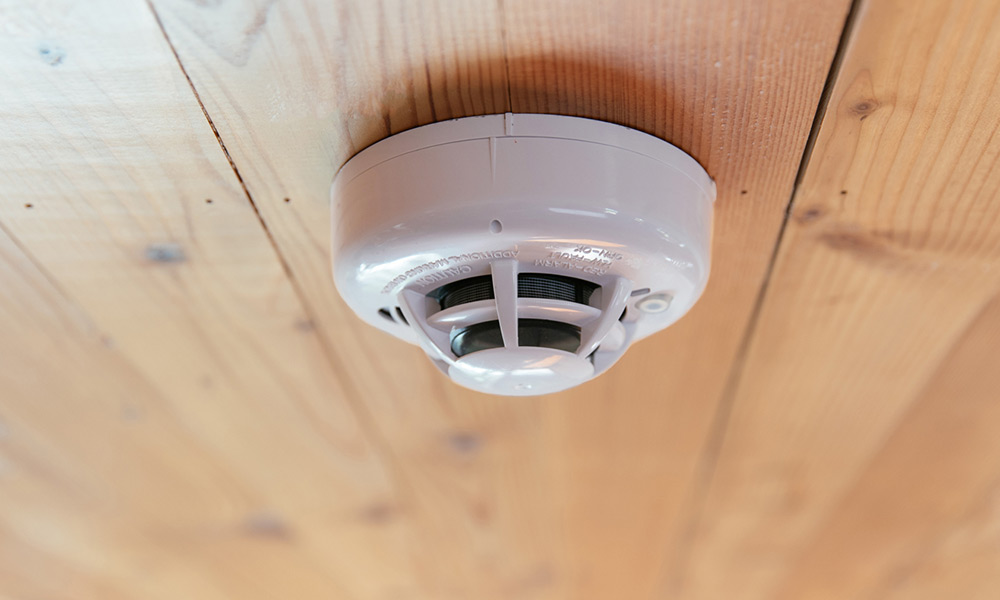
Take steps to remove fall hazards in the bedrooms, where clutter and difficulty getting in and out of bed can be dangerous for seniors. Easy access to lighting is also important.
- Light is accessible (Smart lighting allows turning lights on and off from bed)
- Lamps have pull chains for easy access
- Phone and charger within reach of bed
- Heating/air conditioning working properly
- Extra blankets easy to access
- Replace bed frame with low-profile frame if getting in and out of bed is difficult
- Install a night light
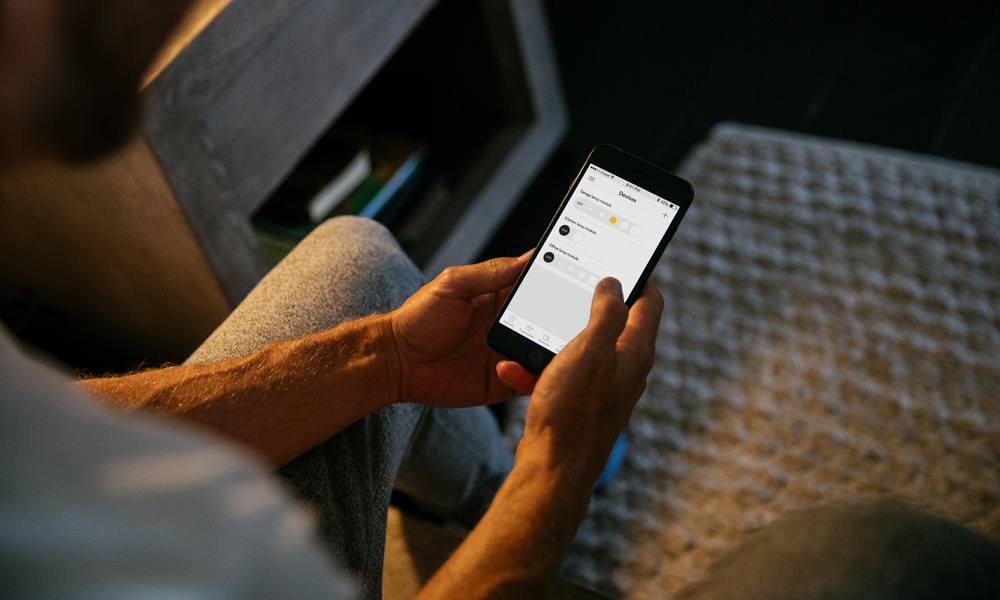
Halls and stairways
In addition to the stairs themselves, poorly lit stairways and halls pose a danger to seniors and can increase the likelihood of slips and falls. Stairs can also be difficult to navigate with age.
- Install handrails on both sides of stairs
- Cover wood or tile stairs with non-slip carpet runners
- Motion lighting or night lights in hallways
- Non-skid rugs or carpet runners on hard flooring in halls
- Clutter and debris removed from stairs
